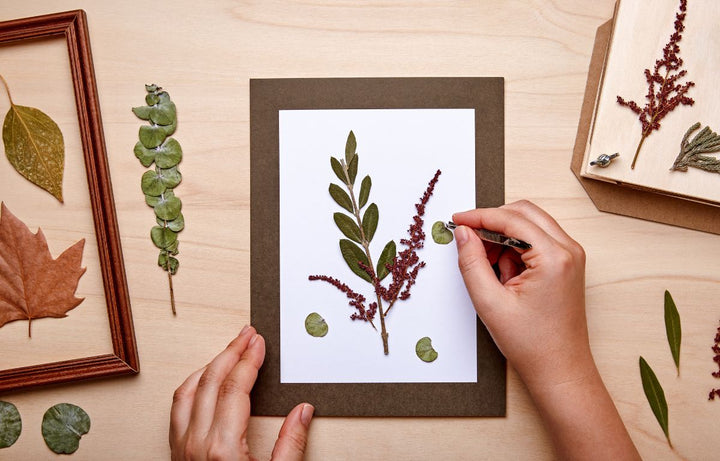
Preserving Houseplants and Flowers: A Guide to Everlasting Beauty
Preserving Houseplants and Flowers: A Guide to Everlasting Beauty
Keeping plants healthy, vibrant, and lively can be a challenge, especially when seasons change, or life gets busy. Fortunately, there are various preservation techniques available that can help extend the lifespan of your beloved botanical companions. In this guide, we'll explore different methods of preserving houseplants and flowers and their common applications.
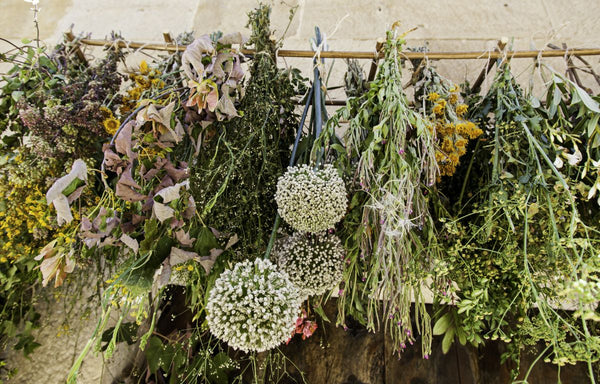
Drying
Drying is one of the oldest and simplest methods of preserving plants and flowers. It involves removing moisture from the plant material while maintaining its shape and colour. There are several techniques for drying plants:
Air Drying: Hang flowers or herbs upside down in a well-ventilated area away from direct sunlight. This method works well for flowers like roses, lavender, and herbs like thyme and rosemary.
Pressing: Place flowers between layers of absorbent paper and press them flat using heavy books or a flower press. Pressed flowers can be framed, used for crafting, or incorporated into homemade cards.
Silica Gel Drying: Submerge flowers in silica gel crystals, which absorb moisture while preserving the flower's shape and colour. This method is ideal for delicate blooms like orchids and roses.
This technique is best for creating dried flower arrangements, potpourri, herbal sachets, and decorative wreaths.
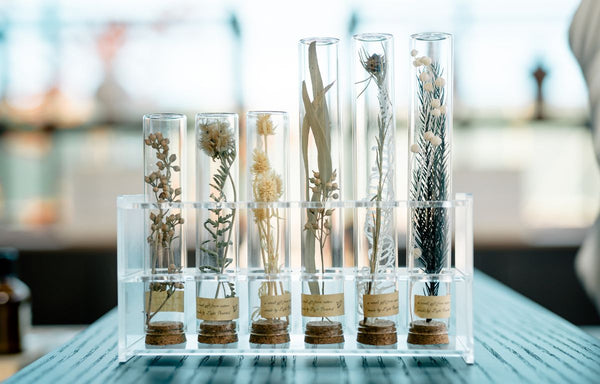
Freeze Drying
Freeze drying involves freezing the plant material and then slowly removing the moisture through sublimation, resulting in well-preserved flowers and plants with minimal loss of colour or shape replicating their living state. This is a more advanced preservation method that does require caution.
To freeze dry plants, freeze them first to remove moisture, then place in a vacuum chamber to sublimate ice directly into vapor. This preserves plants' natural appearance, making them ideal for long-lasting floral arrangements and botanical art.
This technique is best for creating long-lasting floral arrangements, botanical art, and preserved specimens for scientific or educational purposes.

Waxing
Wax preservation is a method used to maintain the natural appearance and extend the lifespan of flowers and foliage by coating them in a layer of wax. This process helps to retain the plants' colour, shape, and flexibility while also providing a glossy finish.
To preserve flowers or foliage with wax, melt paraffin wax or a wax blend that dries clear, dip the plants to coat entirely, remove excess wax, let dry on a rack, repeat for extra protection, buff, then display or store.
This technique is best for creating durable floral arrangements, centrepieces, and decorative accents for special occasions.
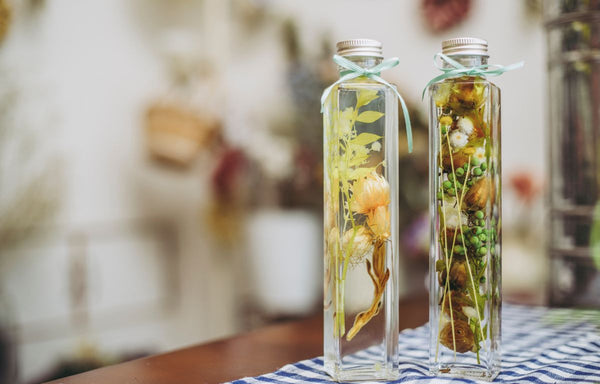
Glycerine Preservation
Glycerine preservation involves soaking fresh plant material in a mixture of glycerine and water, allowing the glycerine to replace the water within the plant's cells. This process keeps the plant flexible and preserves its natural colour and texture.
For glycerine preservation, mix water and glycerine, then soak plants until stems turn soft and pliable. This replaces water with glycerine, preserving plants' colour and flexibility.
This technique is often used in floral arrangements, wreaths, and bouquets that require branch and stem flexibility.
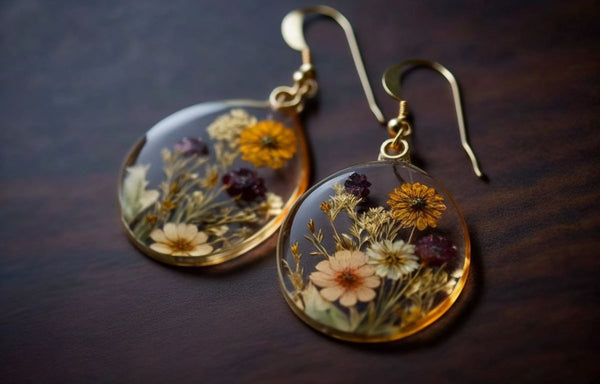
Immortalization in Resin
Encasing flowers and foliage in resin creates stunning, long-lasting botanical keepsakes. Resin captures the natural beauty of plants while protecting them from decay and preserving them indefinitely.
To preserve plants in resin, arrange them in a mold, then pour epoxy resin over them. Allow the resin to cure with heat or UV light, forming a solid, transparent, durable enclosure around the plants.
This technique is often used to make jewellery, paperweights, and decorative ornaments.
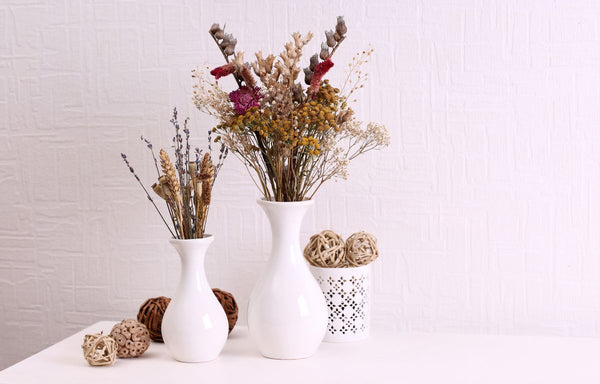
Common Applications
Home Décor: Preserved plants and flowers are perfect for adding a touch of nature to your home decor. Display dried flower arrangements in vases, hang pressed flowers on walls, or create botanical art pieces to adorn your living spaces.
Gifts and Keepsakes: Handcrafted items featuring preserved plants make unique and thoughtful gifts for special occasions like weddings, birthdays, and anniversaries. Give a bouquet of dried flowers or a piece of resin jewellery adorned with delicate blooms to someone you care about.
Memorialization: Preserving flowers from significant events such as weddings, graduations, or funerals allows you to cherish and commemorate those moments for years to come. Create shadow boxes or framed displays incorporating preserved flowers to preserve the memories.
Crafting and DIY Projects: Preserved plants and flowers can be used in various crafting projects, including handmade cards, scrap booking, candle making, and botanical-themed artwork. Let your creativity flourish by incorporating preserved botanicals into your DIY creations.
Preserving houseplants and flowers opens up a world of possibilities for incorporating nature's beauty into our lives in lasting and meaningful ways. Whether you choose to dry, freeze dry, wax, glycerine, or immortalize your botanical treasures in resin, the art of preservation allows you to enjoy the splendour of plants and flowers indefinitely. So, unleash your creativity and explore the endless opportunities for preserving and showcasing the natural wonders of the botanical world.
